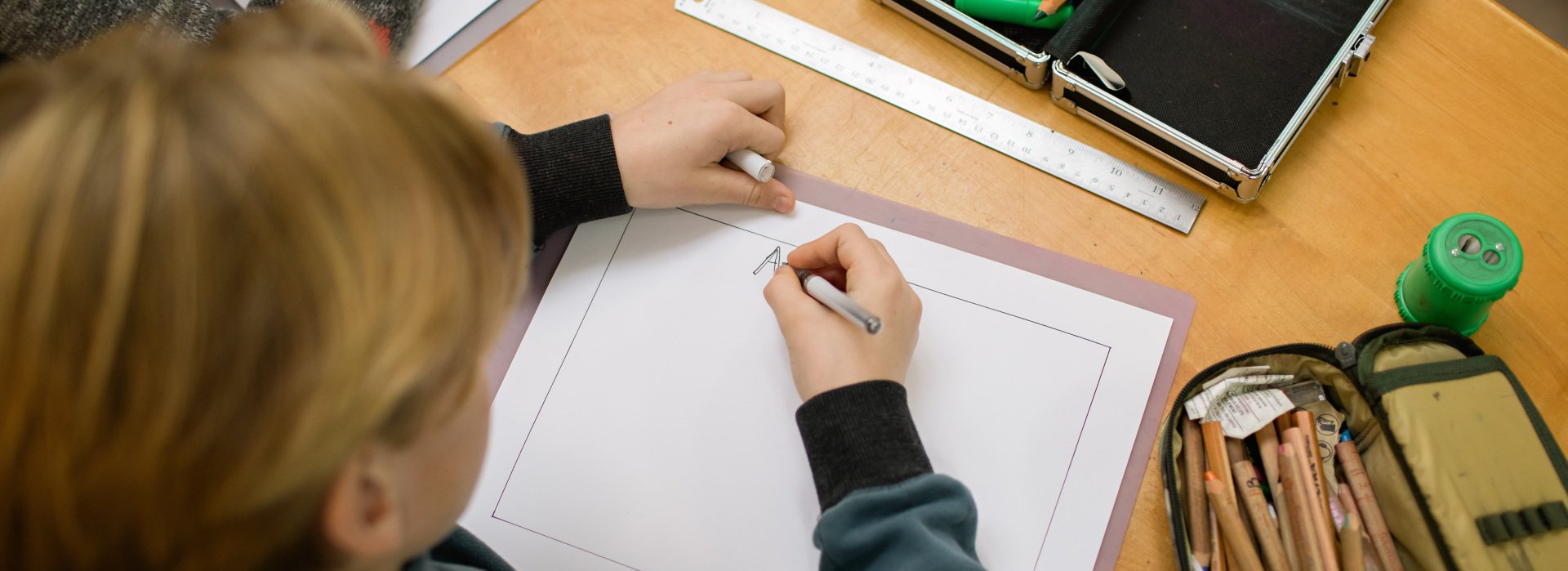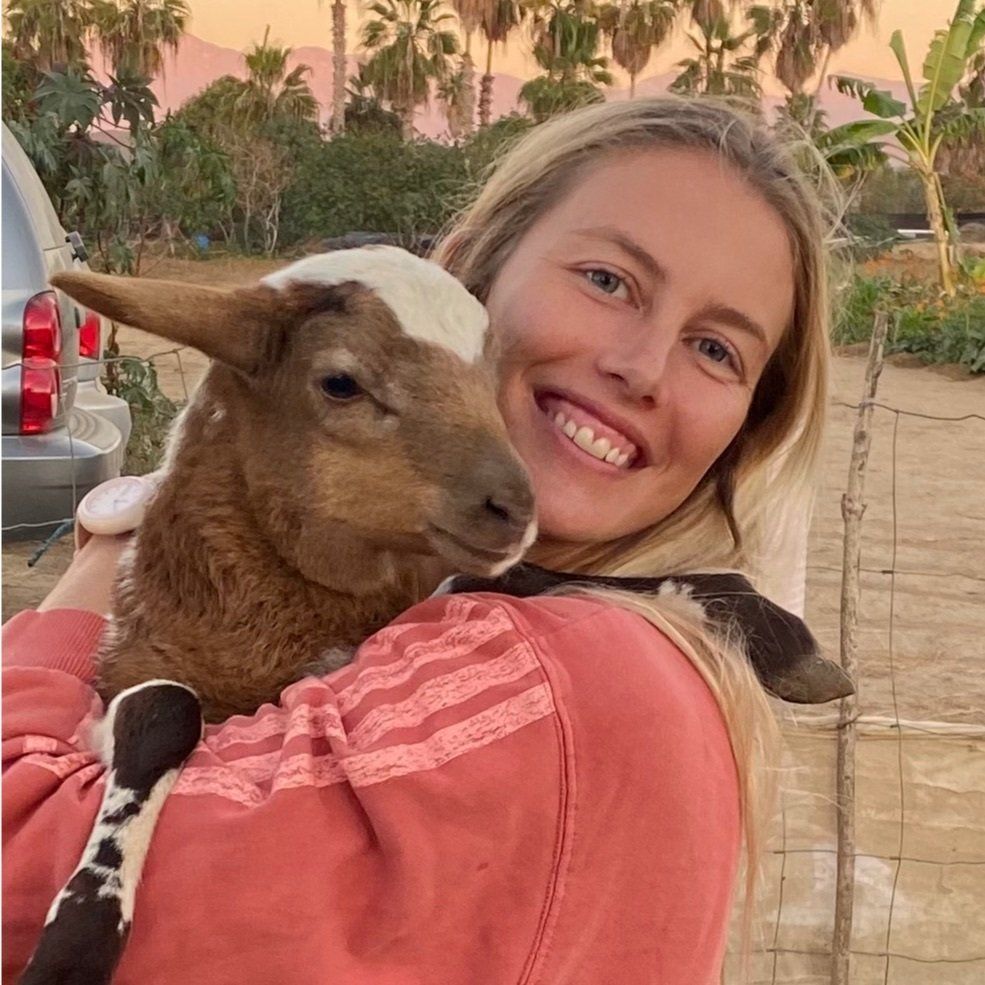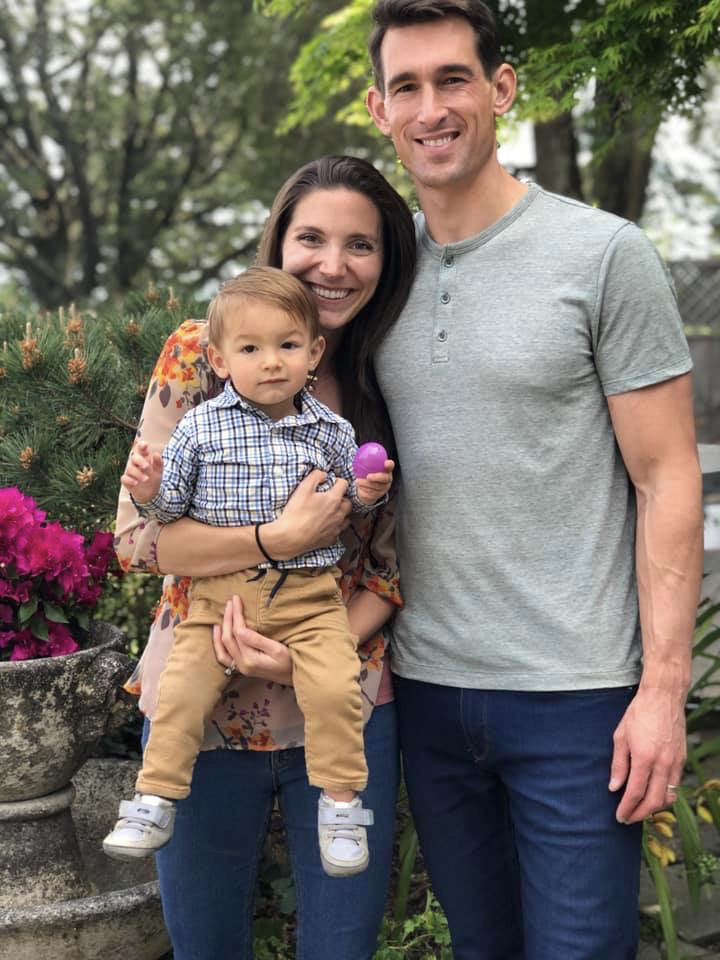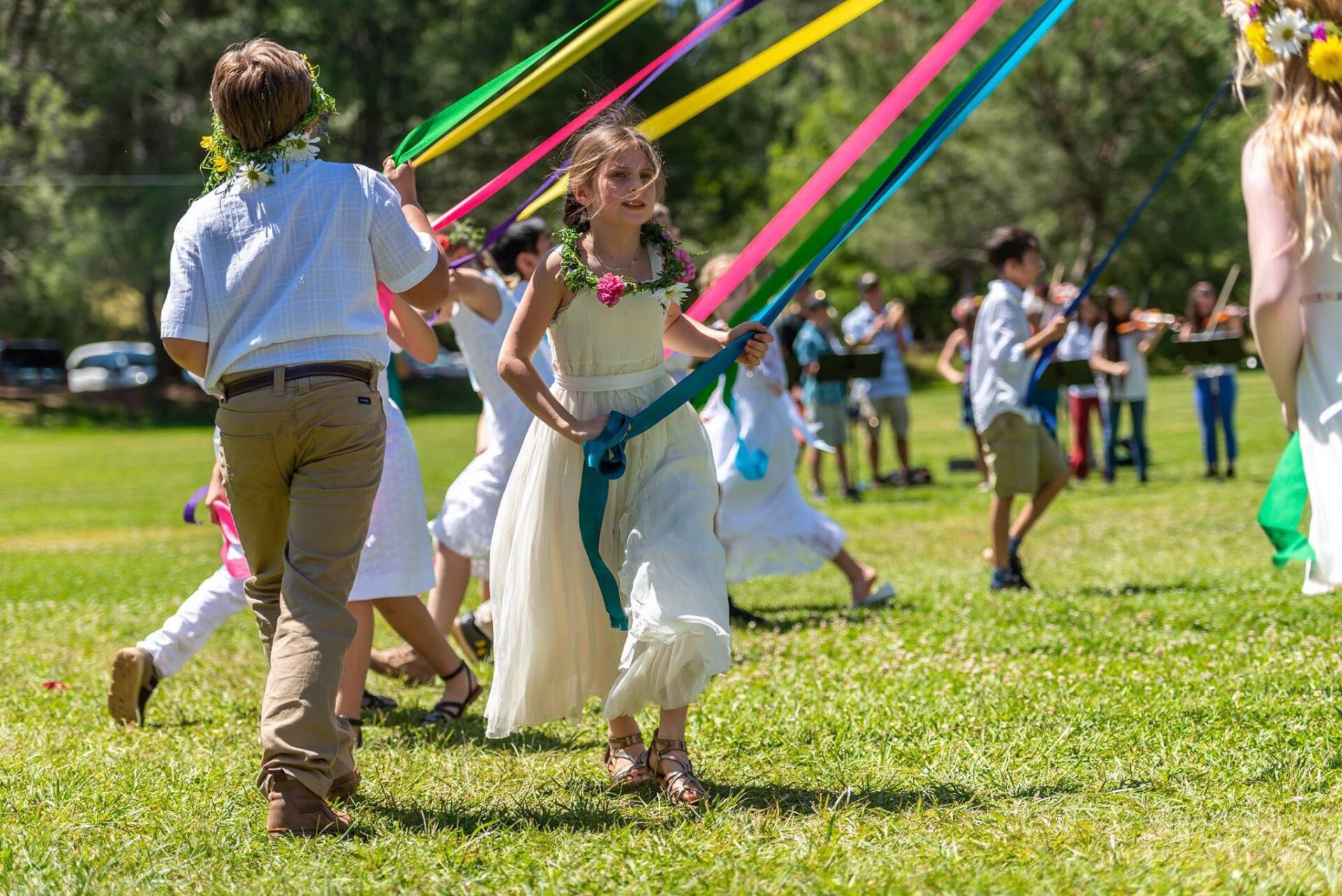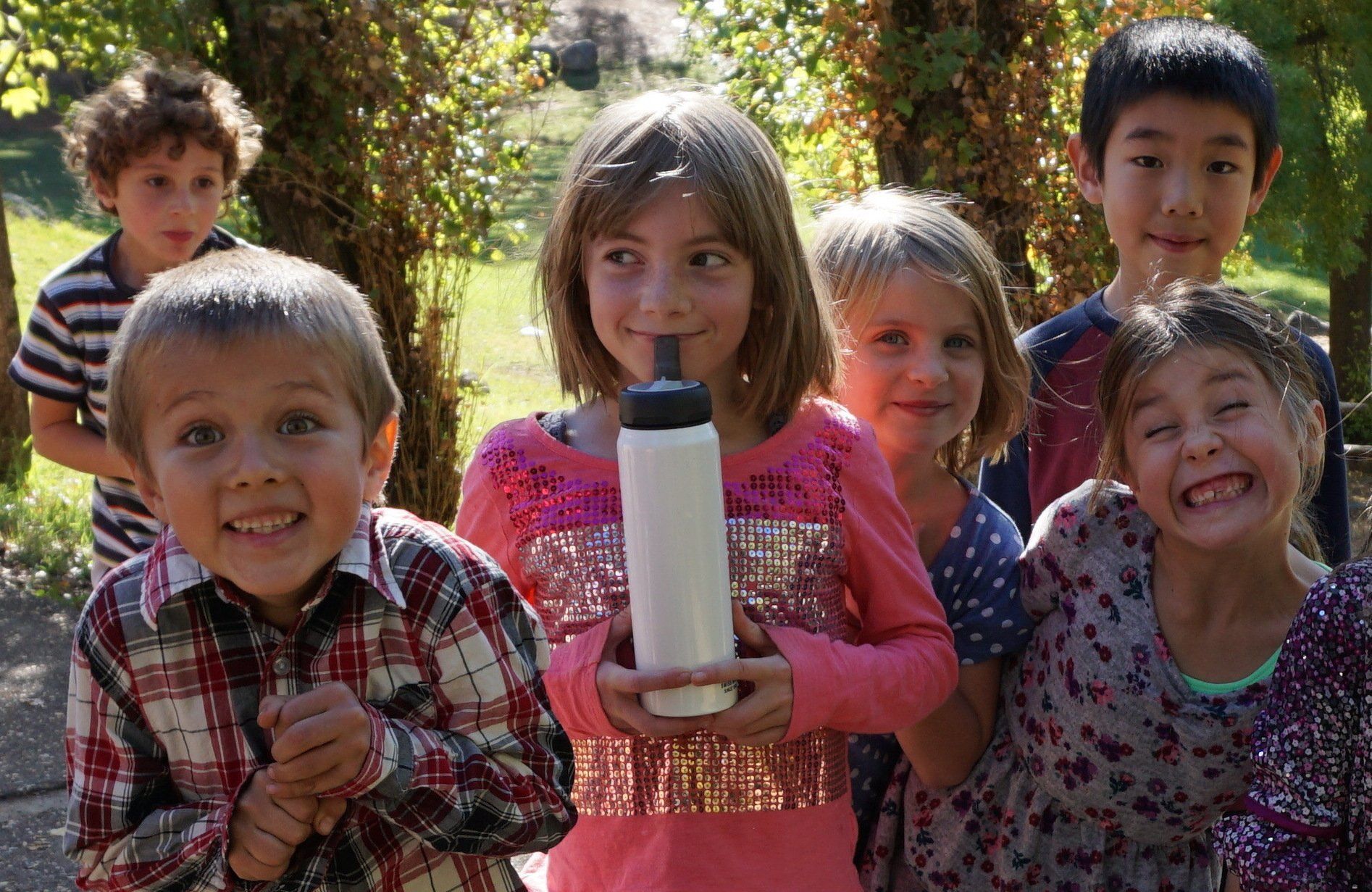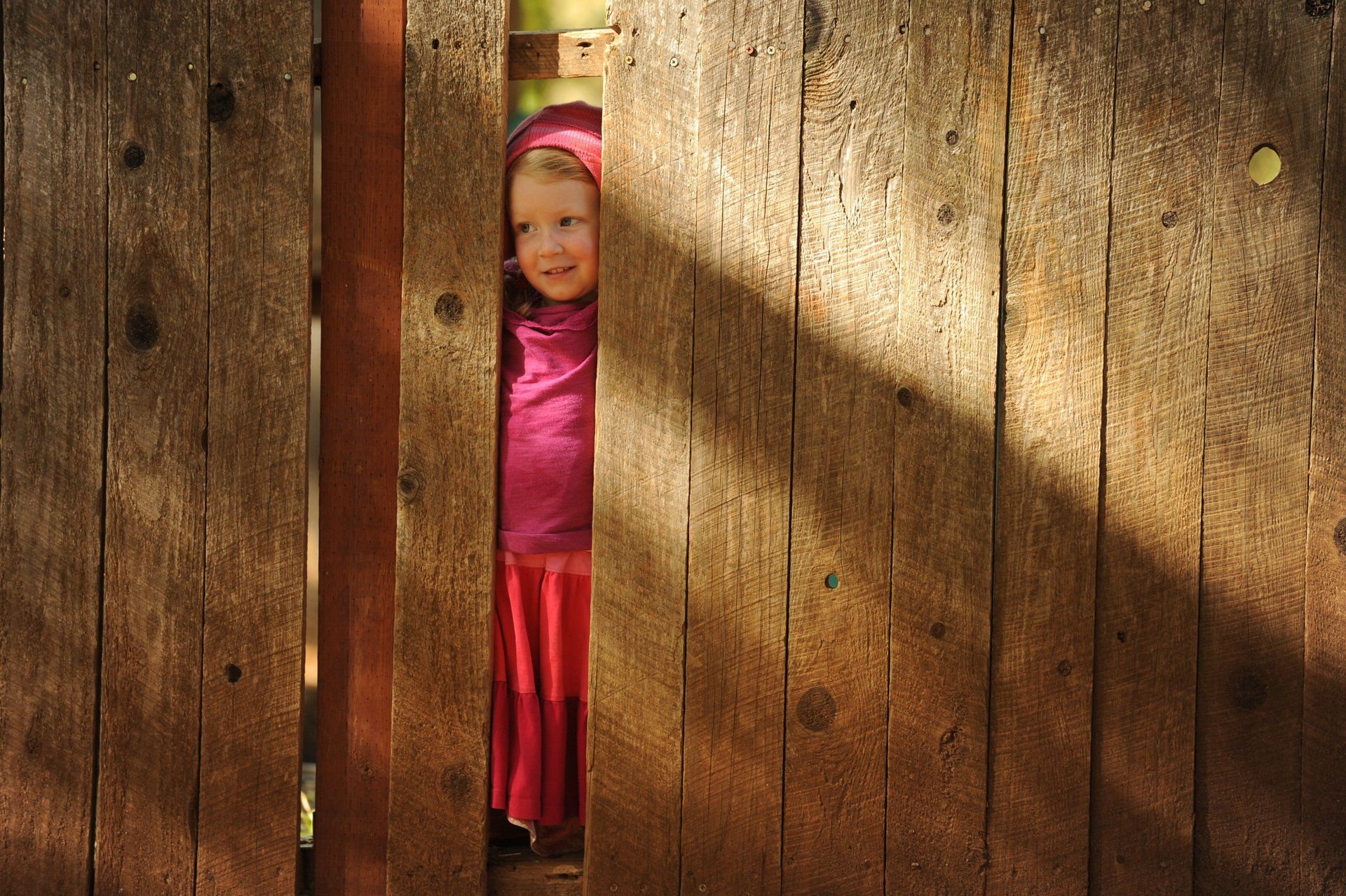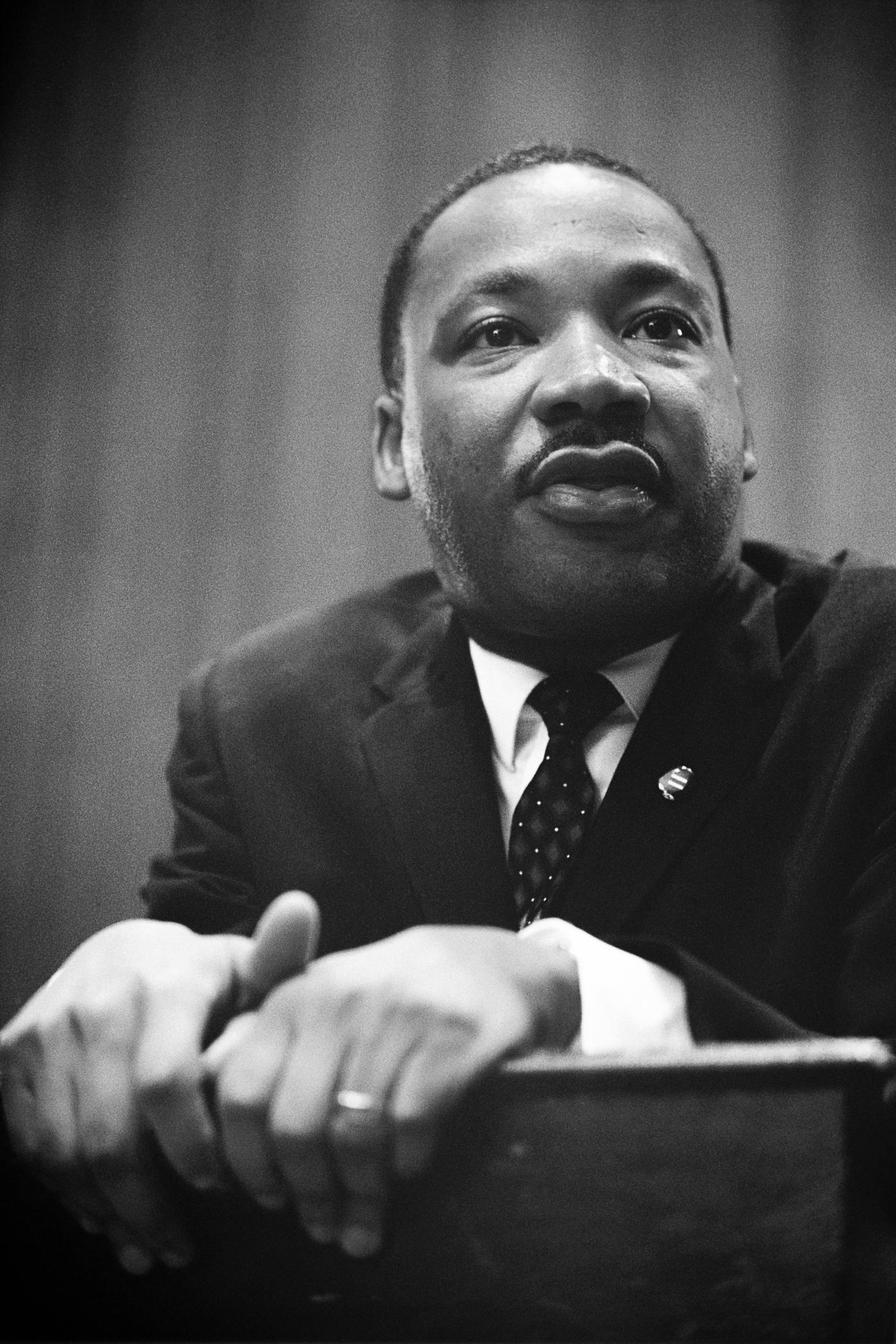The transition from kindergarten to 1st grade - the emotional struggle.
The Transition from Kindergarten to 1st Grade
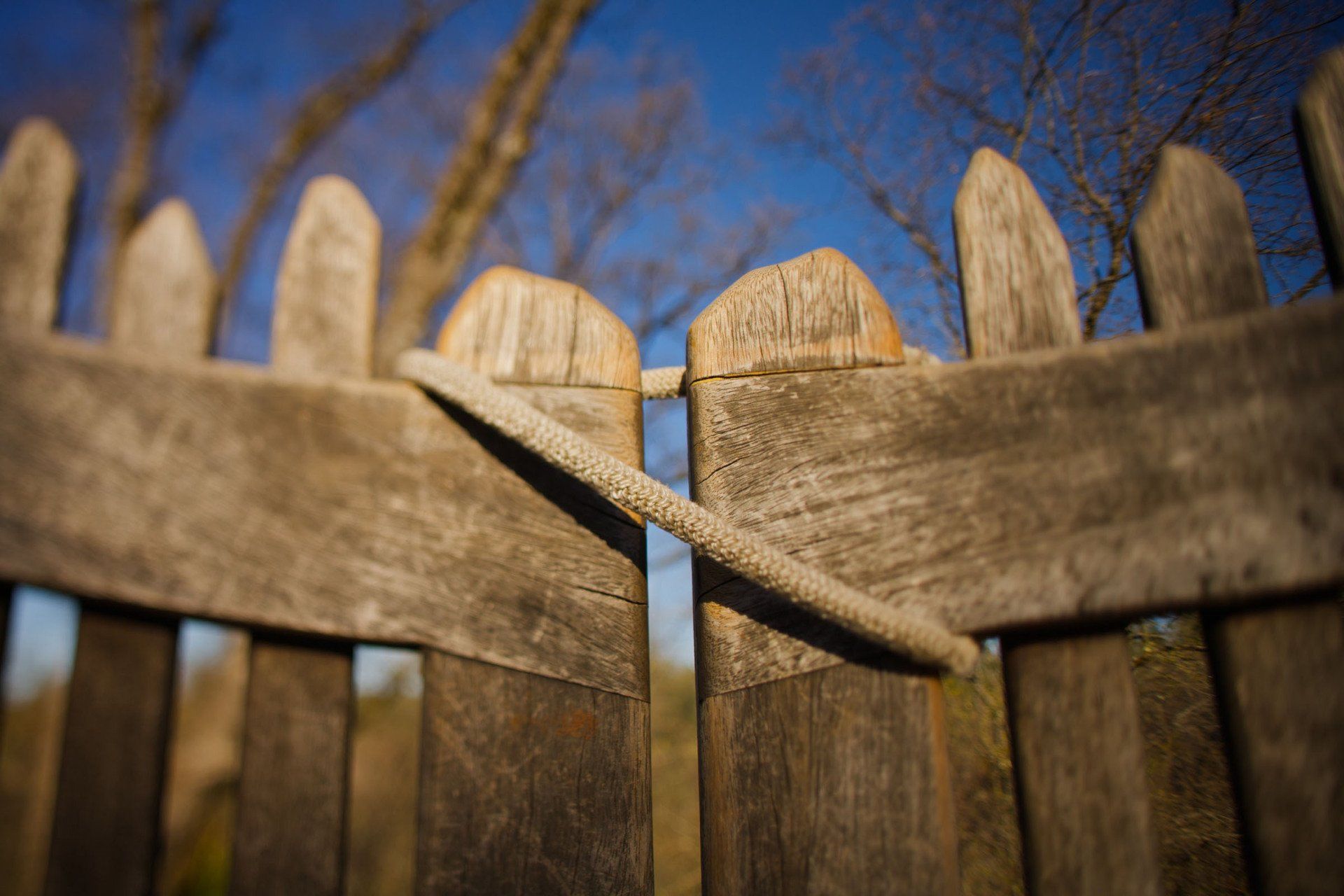
In Part One, we toured the many wonderful aspects of being part of a Waldorf kindergarten class. We saw that the beauty and warmth of the classroom and play-yard were physical qualities that are embodied in the living form of the Waldorf kindergarten teacher's character and ways of being. The Waldorf kindergarten teacher becomes a positive, supportive, wise, and loving adult who helps parents along the path of parenthood as well as helping children in their early stages of growth and development. The bonds between all of these individuals usually become deep and meaningful. So, of course, when the time comes for the kindergartner to move to the other side of the fence, to begin the Waldorf grades journey, it can be an emotional transition for the child, but it is quite often more emotional for the parents of the child. Moreover, this transition brings up a lot of questions. So, if we take this emotional element and combine it with the uncertainty about the future--related to one's child, no less--and it is easy to see why parents may struggle to some degree with this transition.
At this point, I could skip right to the exploration of a Waldorf first grade. I could write about the many wonderful attributes of the Waldorf first grade and the Waldorf grades teacher. However, to do this immediately would be to skip something very important: the actual transition itself. This "threshold experience" is something that also needs to be understood.
For some, the emotional struggle that accompanies leaving the Early Childhood Village can be a big deal, while others may experience it to a lesser degree. So, I will write a bit about this potentially emotional transition. You, the reader, can take from it as much as serves you and leave whatever does not apply to you.
What to do about the emotional struggle--to whatever degree it arises-- associated with this transition? It is the nature of genuine, open-hearted human beings to experience the formation of close bonds and, eventually to experience the loss of such relationships. It is a central element of human life. People grow; people move; people change; people develop new interests; people die--there are many ways in which we find that our relationships with others change over the course of time. This transition is yet another example. We know that we can remain friends with that wonderful Waldorf kindergarten teacher even when we move on; yet, we also know that it will not be quite the same moving forward. And this can bring up an emotion that may have been"shush-ed" out of us since we were babies: grief.
Though it is not an emotion that we enjoy, grief is a natural emotion and it is a process that we are better to embrace than to avoid or deny. When we consider grief, we do not have to picture a dramatic scene of wailing and gnashing of teeth. Grief exists at many levels. Grief can be a mostly quiet experience; it can also be big and loud. So, regardless of the magnitude of the emotion, how does one embrace grief?
Here is the simple answer: Feel and express. Go ahead and tell that Waldorf kindergarten teacher exactly how you feel! Express your love and gratitude and respect as well as your sadness and your sense of loss. Feel it all, express it all, and know that these are ways to live authentically. These expressions, of course, should fit your level of feeling and your personality. Just as we do not need to hide or stifle our thoughts and feelings, there is no need to for any of us to make thoughts and feelings any bigger than they actually are. What is important is to know that when we allow these feelings to be real, and when we express them authentically, we give ourselves the chance to grow and learn and to take the next steps in life. If instead we hold things in, denying thoughts and feelings, then we create inner tension and struggle to grow and move forward. Also, the more we are in touch with our feelings and experiences, the better we become at helping young people, our children and our students, navigate their feelings and experiences. We become more authentic human beings, and those are the ones that young people trust. Authentic human beings are who they desperately need in their lives. We all do!
Once we acknowledge and express our thoughts and emotions, we are ready--more or less--to embrace the next phase of the Live Oak Waldorf journey. Truthfully, the Waldorf first grade experience is not going to be the same as the Waldorf kindergarten experience, and that is for a fundamental reason: The child needs something different. The child is ready for and actually needs new kinds of experiences. And with that last statement, we come back to the very essence of Waldorf education. The founder of Waldorf education, Rudolf Steiner, reminded teachers repeatedly that this approach to educating a child is based on understanding the child and child development. In other words, Waldorf education is not based on a set and definitive curriculum or any other set of practices. When the teacher understands child development in general and can properly observe the particular children in a class, then that teacher will know what to do, when to do, and how to do whatever curricular or pedagogical actions need to be employed. And this is why first grade is not the same as kindergarten.
Let's recall a few of the questions I listed in part one: Will it be as rich and meaningful? Will it be as beautiful and loving? Will the Waldorf grades teacher be the same magical presence for my child and our family? Are we making the right choice in sending our child into the Waldorf grades program?
Some of these answers are easy. Yes, it can be as rich and meaningful as Waldorf kindergarten; yes it can be as beautiful and loving as Waldorf kindergarten. Yes, the Waldorf grades teacher can be a magical presence, but not "the same" magical presence as the Waldorf kindergarten teacher. Everyone is unique, of course, so no two teachers can be "the same", but neither are two parents. Both can be wonderful people.
Then we come to the key question: Are we making the right choice?
The most generic answer is that Waldorf grades education is the right choice for a lot of children, but it is certainly not the best choice for all. There are children with particular inclinations toward genius who may need a more focused style of education. There are children who have developmental needs exceeding the range of needs which can be fulfilled in a Waldorf grades classroom setting. Assuredly, there are many factors that can result in Waldorf grades education not being the best choice for certain children. Nevertheless, Waldorf grades education is a great choice for many.
Next week, we will look specifically at the Waldorf grades journey with a particular emphasis on Grade One. Child development will offer a contextual background for why the Waldorf Grades journey begins as it does and how the Waldorf Grades teacher approaches this tremendous challenge of teaching a class from first through eighth grades.



To Learn More, Contact Us:
We will get back to you as soon as possible.
Please try again later.
Contact Info
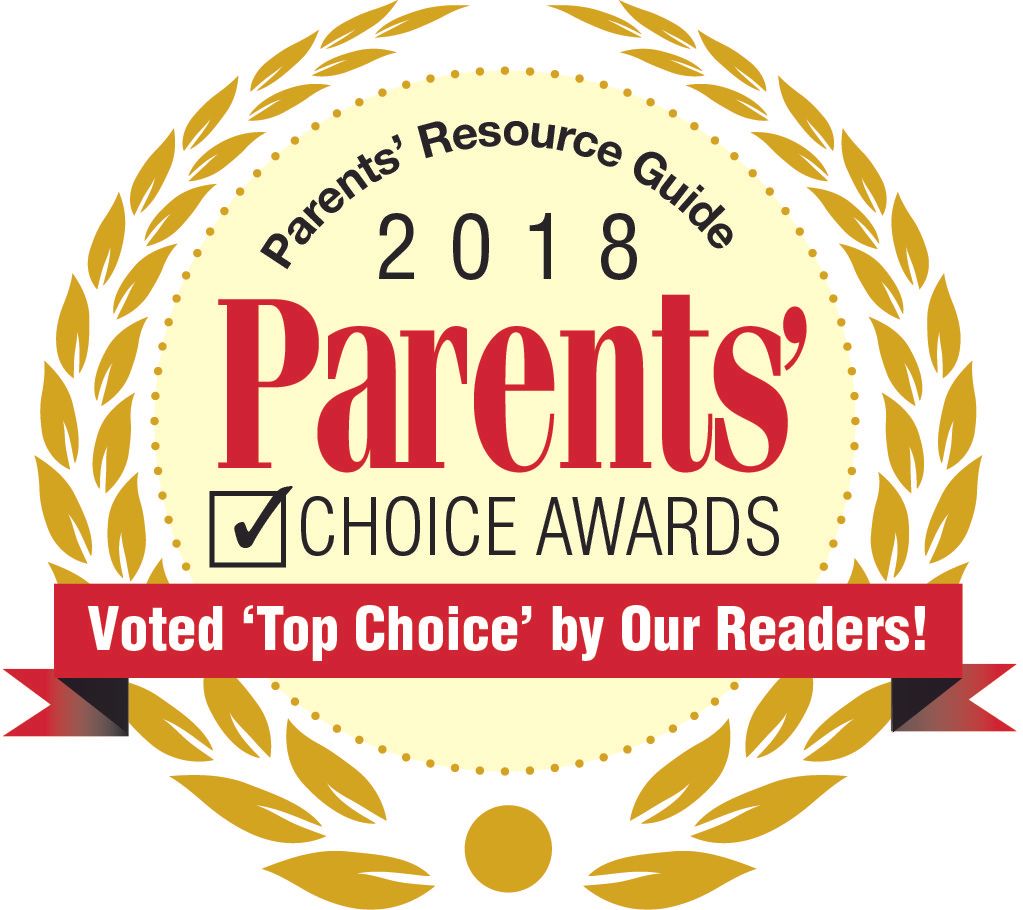
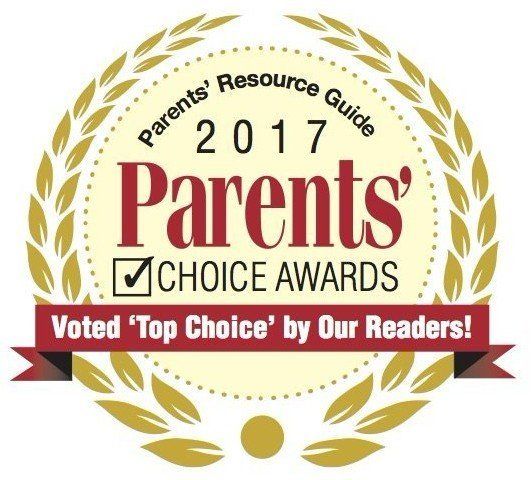

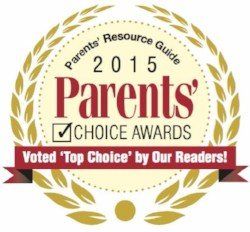
This site is not a part of the Facebook website or Facebook Inc. Additionally, this site is NOT endorsed by Facebook in any way. FACEBOOK is a trademark of FACEBOOK, Inc.

